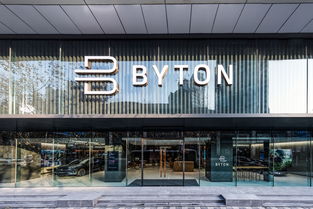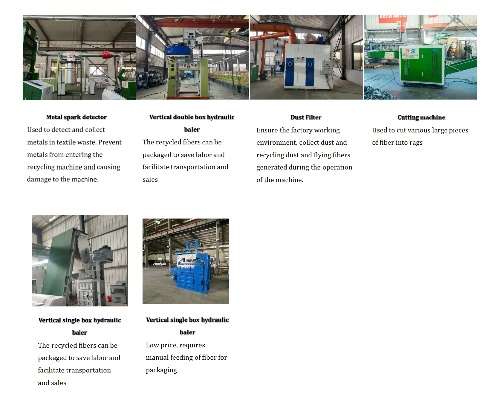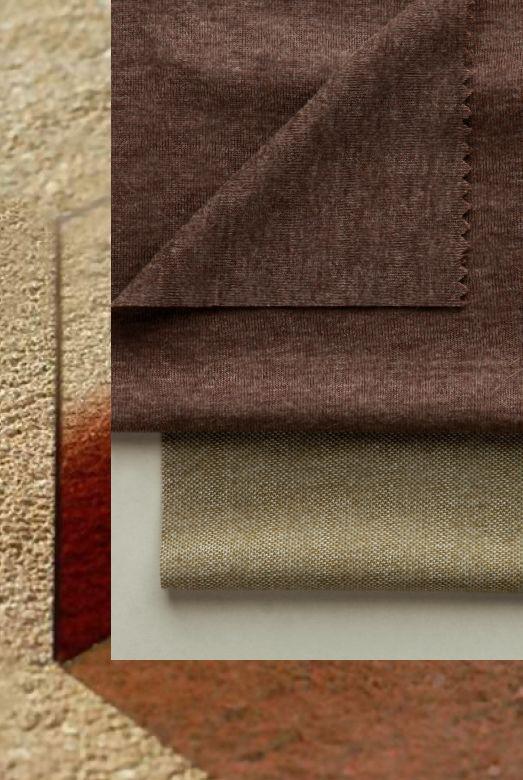The Cost of Polyester Fiber Textiles:A Comprehensive Analysis
Introduction: In the world of textiles, polyester fiber stands out as a versatile and durable material that has revolutionized the fashion industry. Its ability to withstand high temperatures, resist moisture, and maintain its shape makes it an essential component in a wide range of products, from clothing to upholstery. However, the cost of polyester fiber is often a point of contention among consumers, especially when considering the significant investment made in its production. In this article, we will delve into the various factors that contribute to the price of polyester fiber textiles, including raw material costs, manufacturing processes, market demand, and global economic conditions. By analyzing these factors, we aim to provide a comprehensive understanding of the cost of polyester fiber textiles and help readers make informed decisions about their purchasing choices.
Raw Material Costs: The cost of polyester fiber is primarily driven by the raw materials used in its production. These materials include petrochemicals such as propylene and butadiene, which are extracted from crude oil and refined into polymers. The quality and quantity of these raw materials also play a significant role in determining the final cost of polyester fiber. For example, using higher-quality raw materials or increasing the amount of raw materials used can increase the production costs of polyester fiber. Additionally, fluctuations in the prices of raw materials such as petrochemicals can impact the overall cost of polyester fiber.
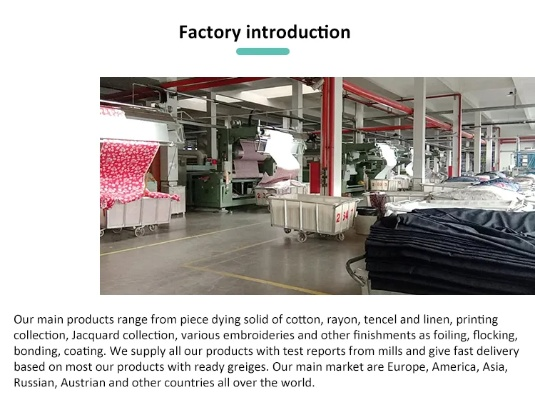
Manufacturing Processes: Polyester fiber production involves several stages, each requiring specialized equipment and techniques. The first stage involves the synthesis of the polymer, which is typically achieved through a process called polycondensation. This process involves heating and mixing the raw materials to form a molten state, which then cools and solidifies into a continuous filament. The subsequent stages involve stretching, dyeing, and finishing, which add value to the final product and contribute to its cost. The complexity and efficiency of the manufacturing process also impact the final cost of polyester fiber. High-tech manufacturing methods like melt spinning or air-jet printing can reduce production costs while still maintaining high quality standards.
Market Demand: The demand for polyester fiber is influenced by several factors, including consumer preferences, fashion trends, and economic conditions. As consumers become more environmentally conscious and prefer sustainable materials, there has been a growing demand for polyester fiber alternatives such as organic cotton or linen. Additionally, the rise of fast fashion culture has led to a surge in demand for affordable yet stylish clothing options, which has put pressure on manufacturers to lower their costs while still meeting consumer expectations. On the other hand, economic conditions can also impact market demand for polyester fiber. During times of economic downturns, consumers may prioritize cost-effective products over luxury ones, leading to a decrease in demand for polyester fiber.
Global Economic Conditions: The global economy plays a crucial role in shaping the cost of polyester fiber. The prices of raw materials such as petrochemicals are influenced by international trade agreements and supply chain disruptions. For example, if a region experiences a natural disaster or political unrest, it can disrupt the flow of goods and lead to increased prices for raw materials. Additionally, changes in currency exchange rates can impact the cost of imported raw materials, which can affect the final price of polyester fiber.
Case Study: One example of how the cost of polyester fiber can vary significantly is provided by the case of a major apparel company that produces high-end casual wear using polyester fiber. The company's pricing strategy involves sourcing premium raw materials and implementing advanced manufacturing techniques to produce high-quality garments at competitive prices. Despite these efforts, the company's average selling price per unit remains relatively high compared to other apparel brands. This is due in part to the high cost of raw materials and the ongoing challenges associated with global trade and supply chain disruptions.
Conclusion: In conclusion, the cost of polyester fiber textiles is a complex issue that involves several factors, including raw material costs, manufacturing processes, market demand, and global economic conditions. While high-quality polyester fiber offers significant advantages in terms of durability, style, and affordability, its high cost can be a barrier to entry for many consumers. It is important for manufacturers to consider these factors when designing and pricing their products, while also being mindful of the impact they have on the environment and the broader economy. By doing so, they can create products that meet consumer needs while minimizing their environmental impact.
大家好,今天我们来聊聊聚酯纤维纺织品的价格问题,随着人们对生活品质的追求不断提高,聚酯纤维纺织品作为现代家居装饰和衣物选择的重要材料,其价格也日益受到关注,下面我们将通过一个英文案例和表格来详细解析聚酯纤维纺织品价格的相关信息。
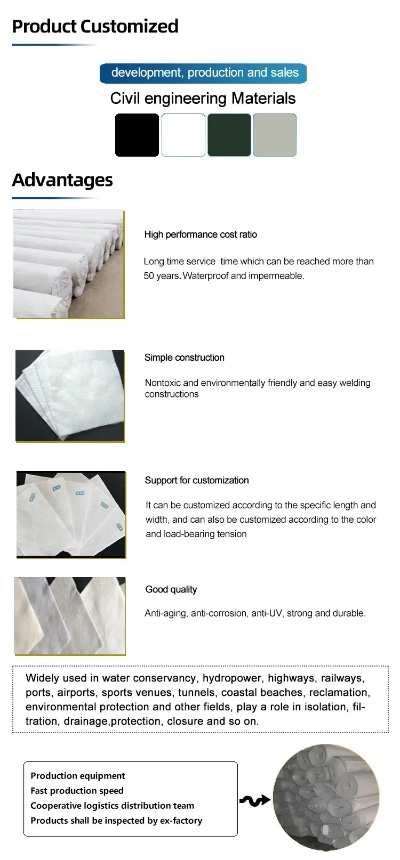
案例分析
案例背景
假设某品牌的新款聚酯纤维纺织品以其高品质和独特设计受到市场热捧,该品牌在市场上拥有较高的知名度和良好的口碑。
案例展示
根据市场调查,该款聚酯纤维纺织品的价格范围大致在XX元至XX元之间,高端产品可能达到XX元以上,而中低端产品则相对亲民。
表格说明
以下是关于聚酯纤维纺织品价格的详细表格:

| 类别 | 价格范围(元) | 影响因素 |
|---|---|---|
| 高端产品 | XX元以上 | 高品质、独特设计、品牌效应等 |
| 中低端产品 | XX元至XX元 | 材料成本、生产工艺、市场需求等 |
英文口语化内容 为口语化表述,仅供参考)
Hello, friends! Today we're going to discuss the price of polyester fiber textiles. As people's quality of life continues to improve, polyester fiber textiles, which are important materials for modern home decoration and clothing choices, are becoming increasingly popular. Let's take a look at some examples and tables to understand the relevant information about polyester fiber textiles prices.
从市场调查来看,该品牌的聚酯纤维纺织品价格区间大致在XX元至XX元之间,高端产品因其高品质、独特设计和品牌效应等优势,价格可能会超过XX元,而对于中低端产品,其价格则相对亲民,主要受到材料成本、生产工艺以及市场需求等因素的影响。
聚酯纤维纺织品价格因其品质、设计、品牌效应等因素而有所不同,在购买时,消费者可以根据自己的需求和预算进行选择,随着市场需求的不断变化,聚酯纤维纺织品的价格也可能会有所调整,希望本文的介绍能够帮助大家更好地了解聚酯纤维纺织品价格的相关信息。
Articles related to the knowledge points of this article:
A Glimpse into Ruiyang Textiles Factory
Trends and Prices in Laiyuan Textile Markets Socks
The Fabrics of Seamless Luxury
